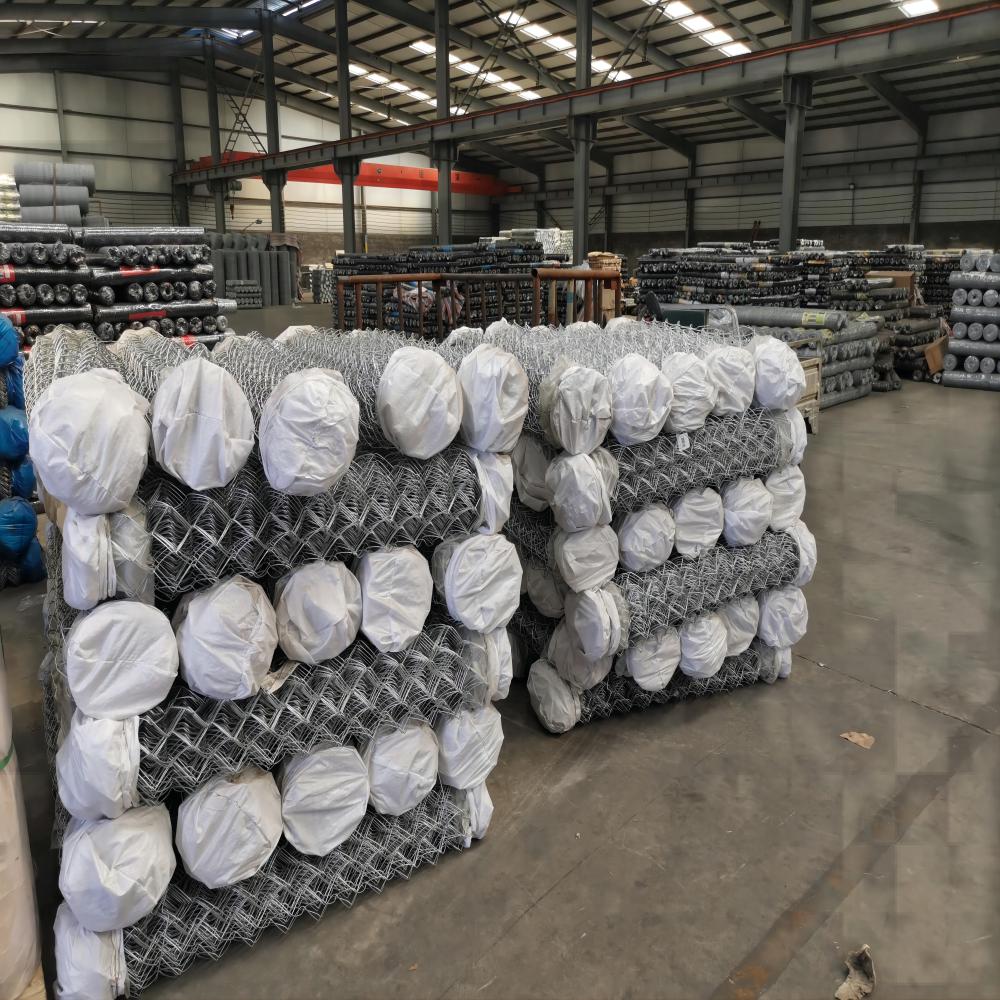Essential Tips for Choosing and Installing Floorboard Nails in Your Home
The Importance of Floorboard Nails in Home Construction
When it comes to home construction and renovation, the details matter. Among the myriad of elements that go into creating a sturdy and beautiful living space, floorboard nails may seem like a small and insignificant aspect. However, these little fasteners play a crucial role in the overall integrity and aesthetic of a floor. Understanding the function and types of floorboard nails can help homeowners and builders make informed decisions during the flooring process.
Floorboards are one of the primary components of any interior space, providing not only structural support but also contributing to the aesthetic appeal of a home. Floorboard nails are specifically designed to securely fasten these wooden planks to the subfloor, ensuring they remain in place over time. A properly secured floor prevents squeaks and movement, which can cause damage to both the flooring and the underlying structure.
There are various types of floorboard nails available, each with its own application and benefits
. Commonly, you will encounter cut nails, which are rectangular in shape and designed for hardwood floors. These nails offer superior holding power thanks to their wedge-like structure, preventing them from pulling out easily. Another popular choice is the spiral nail, which features a twisted shape allowing for better grip in softer woods. Additionally, there are flooring staples, which have become popular due to their ease of use and efficiency in projects involving engineered hardwood.floorboard nails

Choosing the right type of floorboard nail is essential depending on several factors such as the thickness of the flooring, the type of wood, and the specific conditions of the home environment. For instance, when installing hardwood flooring, using galvanized nails can help prevent rusting, which can degrade the appearance of the flooring over time. On the other hand, when working with engineered wood, staples or cleat nails may provide a more efficient installation process.
Moreover, proper installation of floorboard nails is critical. This means not just using the right type, but also the correct spacing and depth. Typically, nails should be driven at intervals of 8 to 10 inches along the boards to ensure even distribution of weight and pressure. Careful alignment and consistent depth will not only result in a visually pleasing finish but will also enhance the floor's longevity.
In recent years, advancements in flooring technology have led to the development of nail guns and pneumatic systems that simplify the installation process. These tools allow for faster and more consistent nailing, significantly reducing installation time while maintaining the strength and reliability needed for a long-lasting floor.
In conclusion, while floorboard nails may not be the most glamorous aspect of home construction, their importance cannot be overlooked. These small components are fundamental to the stability, durability, and overall success of flooring installations. By understanding the different types of floorboard nails available and their specific applications, homeowners and builders can ensure that their flooring projects stand the test of time, providing beauty and functionality for years to come. Whether you are renovating an old space or building a new home, paying attention to these minute details will lead to a successful and satisfying outcome.
-
Space-Saving Chain Fence Hacks Vertical Gardening with Cyclone MeshNewsJul.16,2025
-
Innovations in Iron Nail Wire Production for Modern ConstructionNewsJul.16,2025
-
Creative Uses of Wire Netting Fence in Modern Landscape DesignNewsJul.16,2025
-
Barbed Wire Fence Innovations in Anti-Climb TechnologyNewsJul.16,2025
-
Architectural Uses of Umbrella Nails for Aesthetic Roof DesignsNewsJul.16,2025
-
Architectural Uses of Razor Barbed Wire in Secure Urban DesignNewsJul.16,2025




